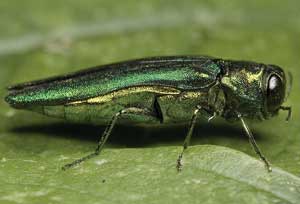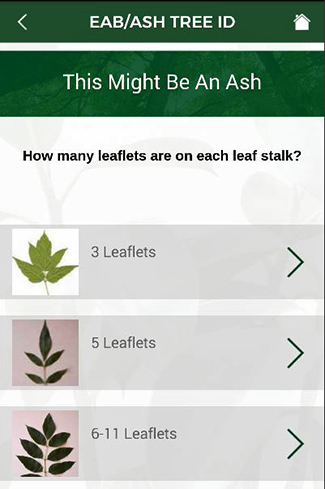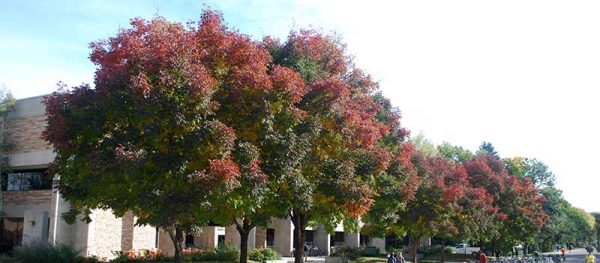 The spread of emerald ash borer (EAB) is a growing concern here in Colorado. This invasive insect was first detected in the United States in 2002 and “is now considered the most destructive tree insect pest ever to be introduced into North America,” according to the Colorado State Forest Service. It was first seen in Boulder in 2013 and has since been confirmed in neighboring cities, most recently in Superior and Lyons in 2018. The ash borer is a significant threat to trees in urban and metropolitan areas, where as many as 15% of the trees are ash species.
The spread of emerald ash borer (EAB) is a growing concern here in Colorado. This invasive insect was first detected in the United States in 2002 and “is now considered the most destructive tree insect pest ever to be introduced into North America,” according to the Colorado State Forest Service. It was first seen in Boulder in 2013 and has since been confirmed in neighboring cities, most recently in Superior and Lyons in 2018. The ash borer is a significant threat to trees in urban and metropolitan areas, where as many as 15% of the trees are ash species.

How do you know if you have an ash tree on your property? Sometimes, they can be hard to identify, so the Colorado State Forest Service (CSFS) has created an EAB/Ash Tree ID app. The app guides users in a step-by-step examination of the tree to determine if it is an ash. If the tree is found to be an ash tree, the app provides helpful resources and management options.
CSFS has also created a helpful Ash Tree Identification video. This 4-minute video explains the characteristics to look for in identifying an ash tree, such as the shape of the branches and leaflets and the diamond pattern on the trunk.
Still not sure if your tree is an ash? If your tree is located alongside the street or in the public right of way (the strip between the sidewalk and the street), you may be able to find it on the Colorado Community Tree Map. Select your city, county, or district and then zoom in on the satellite map to find your property. If you see a dot on the map, you can click on the dot to find out the tree species. You can also pull up a list of the number of trees documented for each species. The site also includes EAB management tools.
If you’ve discovered you have an ash tree on your property, the State of Colorado has many resources to help you learn about EAB and your options regarding your tree(s). The CSFS has a helpful EAB webpage, as does the Colorado Department of Agriculture. Both of these agencies have issued publications about ash trees and EAB management, including a helpful Decision Guide to help homeowners decide if they should keep their ash trees and, if so, if they should be treated for EAB. Another helpful publication is The Colorado Emerald Ash Borer Management Plan Creation Guide. For more publications, search “emerald ash borer” in our library’s online catalog.
Your city or county may also have EAB resources specific to your area. For example, Denver and Boulder counties both have resources on their websites to help homeowners identify and manage ash trees.

Images courtesy Colorado State Forest Service.
- How to Spot the Differences Between Eagles and Hawks - August 16, 2021
- How Transportation Projects Help Tell the Story of Colorado’s Past - August 9, 2021
- Time Machine Tuesday: The Night the Castlewood Canyon Dam Gave Way - August 3, 2021